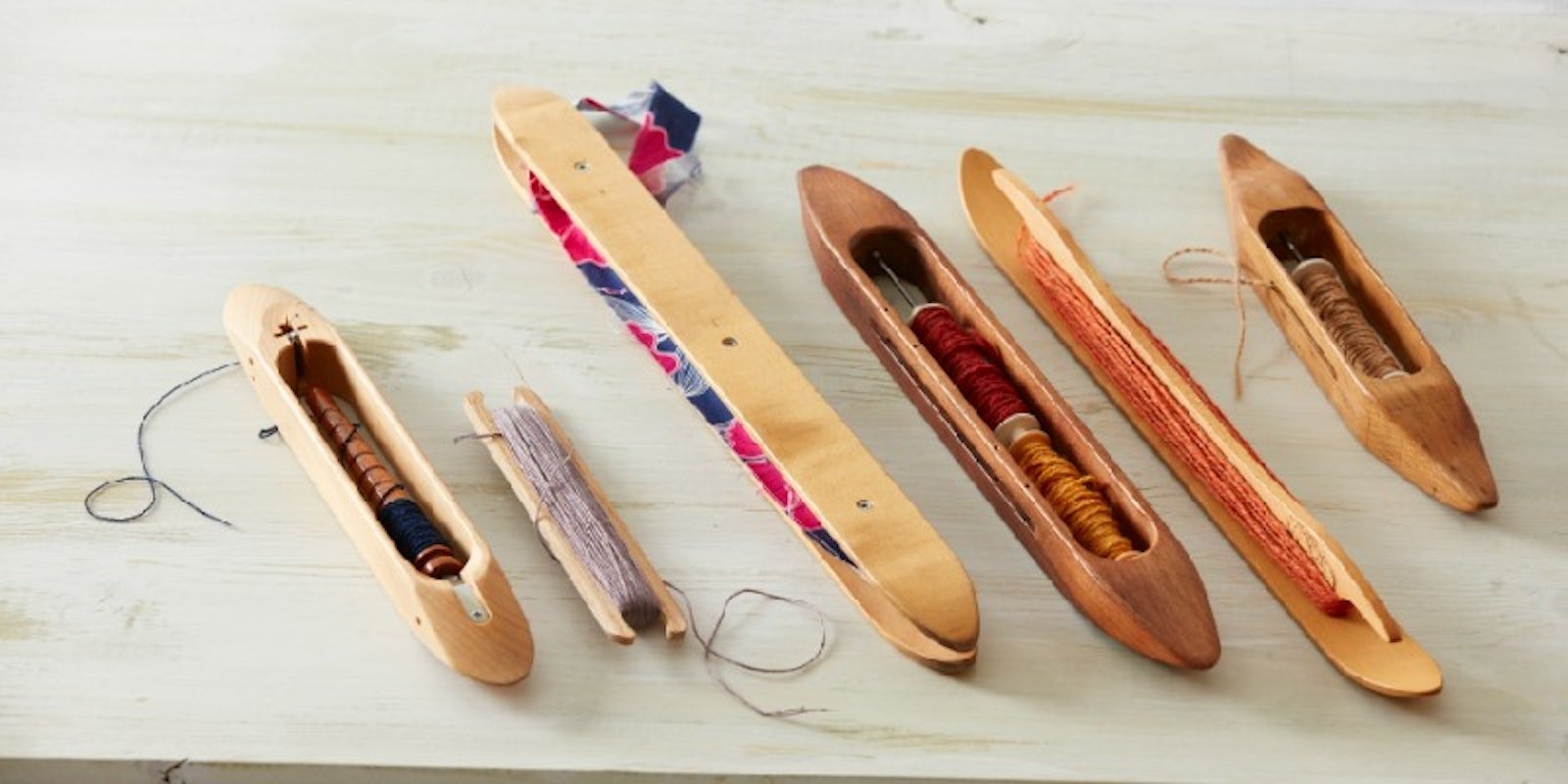Every time I passed my unwarped loom, I felt terrible that this wonderful loom was just sitting there, neglected. But I’m here to tell you that I was wrong. If you go months—or even years!—between projects, you are a real weaver.
First of all, if you know how to weave and have woven in the past, then you are indeed a weaver. Think about it; we don’t apply this logic to authors. Harper Lee published exactly 2 books 55 years apart, and yet she is and was always described as “author Harper Lee.” I’m not saying any of my projects could be described as the To Kill a Mockingbird of weaving, but I do believe that in the grand scheme of life, the universe, and everything, a year or 2 (or 10) between weaving projects is not that big of a deal.
Being a weaver isn’t about actively weaving on a regular basis. I hate to sound like a cliché, but it’s sort of a frame of mind. Even though I wasn’t weaving during that year or so, I never stopped thinking like a weaver. When I went to antique stores and saw handmade cloth, I had to stop and analyze it. I asked other people questions about their scarves and shawls (Oooh, can I feel that? Where’d you get it? Is it handmade?). Every time I bought textiles for my home or as a gift, I looked at the options as a weaver—I didn’t even have to think about it. Being a weaver so completely changed my worldview that it’s impossible to go back to how I was before.
Christina’s poppy-inspired scarf was her first floor-loom project after not weaving for over a year. PHOTO BY CHRISTINA GARTON
During that period, I used my experience and knowledge to help others. I answered questions about drafts and about adjusting projects to work on different looms. I gave advice on sett and yarn choices. I even taught more than a few nonweavers about how multishaft and rigid-heddle looms work and completely blew their minds. Even though I didn’t weave a pick myself, I’d like to think I “helped” weave hundreds of yards. If that’s not being a real weaver, I’m not sure what is!
I also worked to expand my own knowledge on weaving and textiles in general. While some of that can be blamed on my job—it’s hard not to pick up new things when working on Handwoven—even outside of work, I was eager to learn. I read blogs, watched videos, and bought so many books. I talked to weavers about their work and learned from their words. Part of being a real weaver is being open to learning.
So if it’s been a while since your last project and you’re not feeling like a real weaver, I have some advice. First, consider joining a weaving group, online or in person, and sharing your knowledge with other members. You don’t need to be Madelyn van der Hoogt to help other weavers. You might be surprised by how much you know! These groups are also great places to learn—or even find the inspiration you need to finally get the loom warped again.
If groups aren’t your thing, then there are other wonderful ways to immerse yourself in weaving. Go to textile exhibits at local museums, find weaving blogs online, and watch weaving videos. One of the videos I often suggest for folks who want to get their weaving juices flowing again is Robyn Spady’s Totally Twill: Beyond the Basics. Weavers almost universally love twill—how could you not?—and the video is a great reminder of exactly how versatile it is. It’s not an introduction to twills (if you want that, check out Totally Twill: The Basics) but rather focuses on more complex patterns including manifold, networked, and corkscrew twills as well as echo weave. Robyn explains how to design with these twills and shows off loads of gorgeous samples. It’s just the right content to engage you, inform you, and maybe, just maybe, inspire you to dust off your warping board.
Close-up of Christina’s poppy-inspired scarf. PHOTO BY CHRISTINA GARTON
I recently pulled my poppy-inspired scarf off the loom, and I have the loom warped and ready to go for a second scarf once I get moved into my new house. I was amazed at how easy it was to warp the loom and to get my weaving rhythm going again—even with a two-shuttle weave. Everything came back to me, and I know that no matter how long I might go between projects, I am and always will be a real weaver.
Happy Weaving!
Christina



